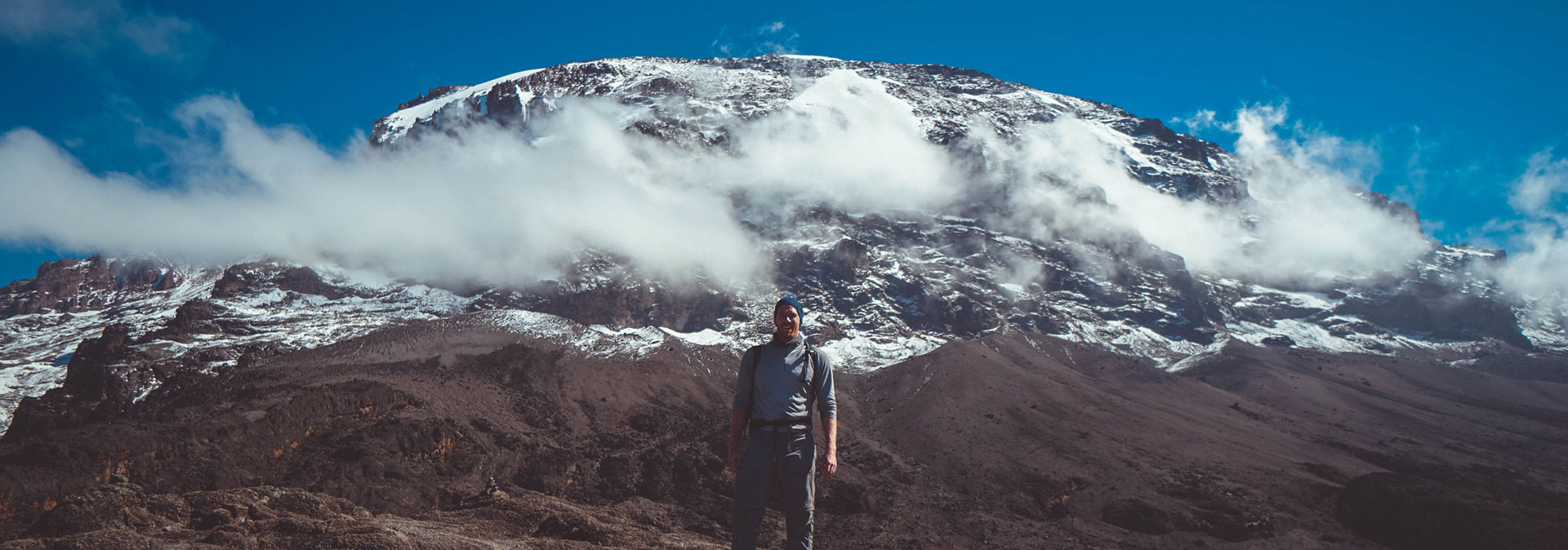During the Mount Kilimanjaro climb, the ultimate day will be the summit attempt day. On that day, you will eventually know if you will trek on the highest peak in Africa or know that you took a shot at it. Definitely we all wish to make it to the Mountain peak. so in this article, we bring you some of the best tips a first time climber on Mount Kilimanjaro can follow so as to increases their chances of getting to the summit.
- Try to Sleep as Much as Possible
One should use all the time they have at the base camp and sleep as much as they can even if they will start the hike quite early the following day. However, you may be up and about a couple of times in the night especially if they have been drinking and eating in plenty in order to ease themselves.
- Eat and drink as often as you can
Drinking and snacking often at this stage of the climb is extremely difficult. The summit day comprises of hiking for about fourteen to fifteen (14 to 15) hours. In fact on this day, you may use over four thousand (4000) calories so you need to feed properly. You will continuously hike for about fifteen (15) hours so you should carry a couple of refreshments. Carry some of them in your pockets and other warm places that can be reached easily so that you can have a quick bite while hiking such that you don’t have to stop all the time to pick something from your backpack.
Kilimanjaro Trails recommends that you carry your very favorite snacks, and some of the good snack choices we have discovered include: cookies or biscuits, chocolate or candy bars, crisps, dried fruit or nuts, energy bars, boiled sweets or hard candy. Nuts are very appropriate at high elevation because they don’t freeze while at elevations over five thousand (5000) meters, energy bars and candy specifically those made of chocolate usually freezes. You should also drink as much water as you can even when not thirsty; better if you double the recommended amount.
We usually recommend drinking at least three (3) liters of water each day of the ascent to keep your bodies properly hydrated because the chances of dehydration (which is a sign of acute Mountain sickness) are extremely high while on high elevation. The drinks should include hot fluids especially as you are having you your meals, and at least two (2) liters of fluid for taking while walking. Well all this may seem very easy however one needs self-awareness and proper discipline to do it actually when you aren’t thirsty and are very tired.
You have to carry water in preferably a wide-mouthed nalgene bottle on the summit night because at an elevation over five thousand meters (5,000m) everything freezes. You should keep your water bottle well insulated from the cold by putting it in an extra pair of socks before keeping it in your back pack upside down because water actually does freeze from the top going downwards. Make sure the pipe of your platypus is warm if you are using one or keep it in between your clothes and sweater so that you can just get the mouthpiece out when having a drink and then push the water back down the tube before you return the mouthpiece. As a safety tip platypus users have to carry one liter of water in a big mouthed Nalgene flask.
The summit attempt is very tiring and one needs so much energy for the final ascent if they expect it to be successful. We emphasize that you should eat like a toddler in the festive season as you will definitely need all those calories.
- Maintain moderate general body temperature
Moderate your body temperature by ensuring you are not very cold or hot as it helps preserve the energy for when it is needed. Your body temperature must be slightly lower than the comfortable cold when you are beginning the hike for as the saying goes: Be Bold, Start Cold. the body generally warms up so fast when we move so we Usually recommend that you remove a layer of jackets when starting the hike and should wear it as soon as you make your first maintenance break. It will keep you at ease and ensure that you are not burning your energy that you would have used to summit the mountain in sweating.
- Maximize each of the brief stops
We shall have some few maintenance breaks/ stops during the summit attempt. They are not breaks for resting so one should not think about it. Think about what you have to do on the next stop you will be taking as you walk. Organize your gear very well because at least you have to grab a snack and drink and most definitely wear something to warm you up on the next stop, keeping in mind that the higher you go, the cooler it becomes. You might have to ease yourself during the break if you have been hydrating as much as you should be.
- Keep the hike slow and steady but not very slow
Our Kilimanjaro Trail guides usually move at a speed that is favorable for the whole team and you must try to keep up with the pace. If you move very quickly, you might end up suffering from the effects of altitude sickness because the body takes time adjusting to the altitude where as if you move very slowly, you will hardly get time for other things and end up using all your time climbing and napping. All you have to do is follow your guide and you will get there on time and successfully.
Time at the Summit
Our time at the summit is usually ranges between ten to twenty (10 to 20) minutes. This point is very crucial as your health can depreciate very much faster than you think and you will freeze fast as soon as you stop moving yet you still have a very lengthy slop waiting for you. You will definitely enjoy the moment with your team and take as many photos as possible because it’s a lifetime achievement but don’t get shocked when the guide asks you to start the journey down the mountain. Getting to the peak is optional as some people might not make it but slopping down safely is a must because it makes no sense summiting and then failing to get to the base safe and sound.

